Preserving Love: A Blooming Guide to Flower Preservation for Valentine’s Day
The tradition of exchanging flowers on Valentine’s Day carries a rich history, deeply rooted in the language of flowers that emerged during the Victorian era. Lady Mary Wortley Montagu played a pivotal role in popularizing this practice, transforming it into a complex system of expressing sentiments through carefully chosen blooms. The desire to preserve these tokens of affection becomes paramount after Valentine’s Day. This blog post serves as a guide to various flower preservation methods, delving into the art of cherishing and extending the beauty of gifted flowers. From traditional techniques like hanging flowers to contemporary methods like resin pours, each approach contributes to a timeless celebration of love, ensuring that sentiments endure beyond fleeting moments.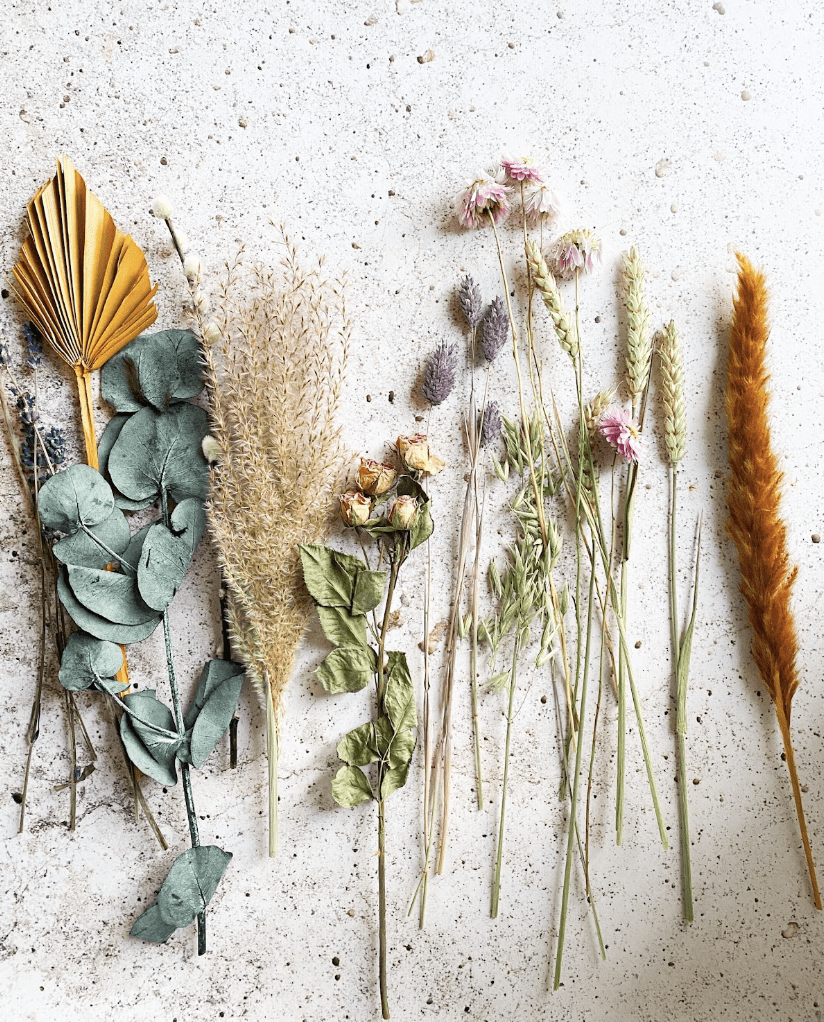
Air Drying Method
Air drying flowers remains a time-honored approach for preserving their beauty, albeit a method requiring patience, taking up to three weeks for completion. This technique is particularly suitable for larger flower arrangements. To embark on this preservation journey, gather essential materials: flowers, scissors, a rubber band, a hanger, unflavored dental floss, and unscented hairspray. Begin by trimming excess leaves and stems, ensuring the stems are kept at a length greater than six inches. Securely bundle the flowers with a rubber band, and find an ideal spot with low light and good circulation. Employ dental floss to tie the flower bundle upside down onto a hanger. After 2-3 weeks, carefully remove the flowers from the hangers, and apply a protective layer of unscented hairspray for longevity.
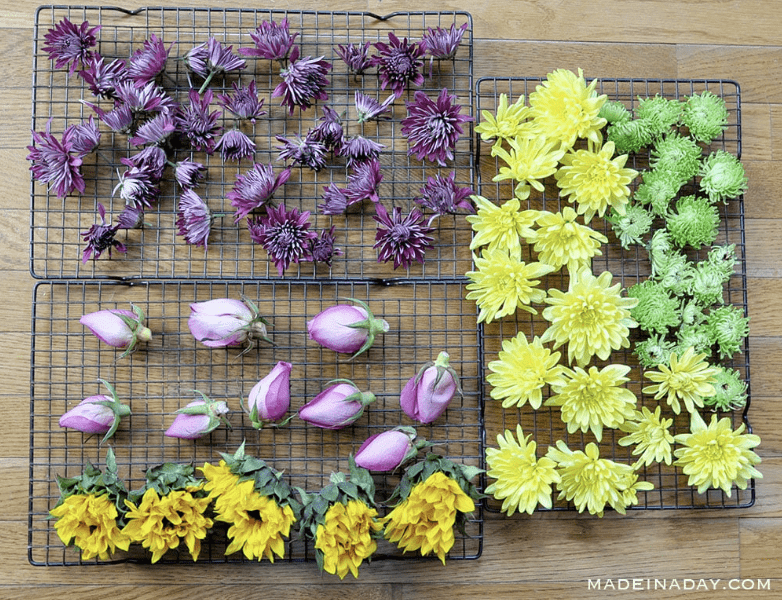
Oven Drying Method
Efficiently preserving the beauty of blossoms, the oven drying method is a game-changer. Gather your materials: fresh flowers, scissors, a cookie sheet, a baking rack, and an oven preheated to 200 degrees Fahrenheit. Delicately remove any excess foliage from your flowers, ensuring a clean and streamlined appearance. Lay them out on a baking rack on the cookie sheet, providing the perfect stage for the drying process. The oven becomes your ally as you bake the flowers for approximately two hours. Once cooled, these oven-dried flowers transform into versatile components for crafting potpourri or enhancing various creative projects.
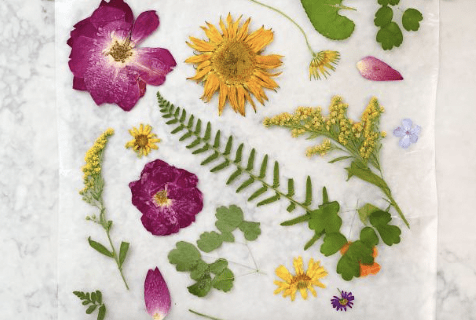
Microwave Drying Method
For those seeking a swift alternative to preserve flower vibrancy, the microwave method takes only a day compared to weeks with other techniques. Gather simple materials: fresh flowers, scissors, desiccant (preferably silica), a microwave-safe container, and a cup of water. Meticulously remove excess foliage and trim the stem to fit the chosen container. Microwave your floral creation in 30-second increments until petals feel dry to the touch. Once the flower achieves the desired dryness, remove it, leaving it in the silica for an additional 24 hours for optimal results. This microwave technique is effective for maintaining the shape and color of flowers like roses, chrysanthemums, and tulips.
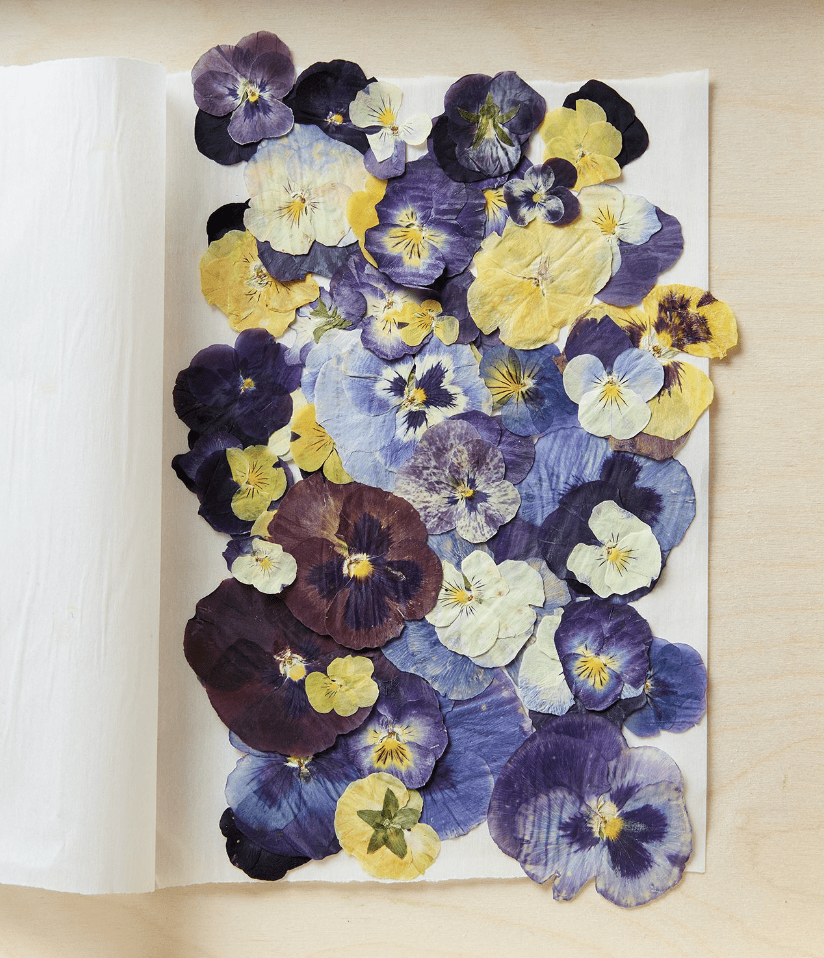
Flower Pressing
Embark on a journey of floral artistry with the enchanting technique of pressing flowers. Gather essential materials: books, newspaper, card, PVA glue, and a pen, and explore myriad creative pursuits with the pressed flowers and leaves. Delicately pick a section from a plant, ensuring minimal impact on others. Open a book lined with newspaper, and arrange the flowers flatly on the pages. Close the book, add weight with additional books, and store in a warm, dry place, checking daily for progress.
Once the flowers are dry, delicately remove them for various artistic projects. PVA glue becomes your artistic ally, allowing you to mount the pressed blossoms on cardstock for personalized art, specialty cards, or herbarium sheets. Consider the nuances of successful pressing; not all plants cooperate equally, with some requiring extra care. Maintain even weight across the specimen to avoid uneven drying. In crafting, skip the sticky tape and opt for the durability of PVA glue. The time required for pressing varies, and specimens are ready once completely dry. Explore the versatility of pressed flowers in framed pictures, bookmarks, unique cards, or as a tool for learning about local plant life. Let nature’s delicate beauty flourish in your creative endeavors with this captivating and timeless technique.
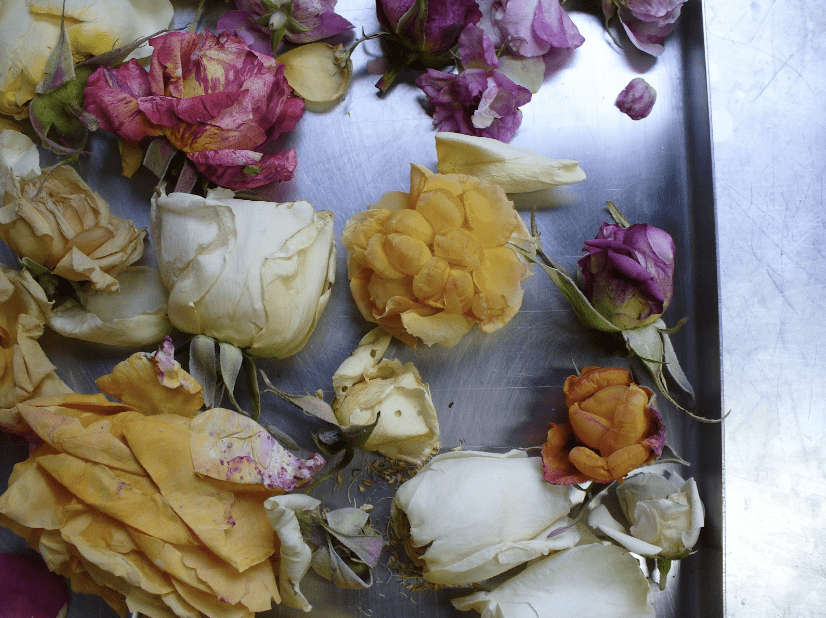
Freeze Drying Method
Amidst the various methods of flower preservation, freeze-drying stands out as a sophisticated technique that ensures the longevity and integrity of blossoms. The process, often facilitated by a freeze dryer but achievable in a regular freezer, involves meticulous steps to retain the flowers’ shape, color, and fragrance.
Start by selecting fresh, undamaged flowers and preparing them by removing unwanted leaves, thorns, or stems. Line a baking sheet or tray with parchment paper, and delicately arrange the flowers to avoid overlapping. For those equipped with a freeze dryer, the next steps involve freezing the flowers for at least 24 hours, transferring them to the dryer trays, and initiating the drying cycle per the manufacturer’s instructions.
In the absence of a freeze dryer, a regular freezer can still be employed, albeit with some considerations. The lack of precise temperature control may extend the process, but by adhering to tips such as freezing the flowers for a minimum of two weeks and allowing gradual thawing, satisfactory results can be achieved.
Our exploration of various flower preservation methods reveals an enduring sentiment woven into the tradition of exchanging blossoms on Valentine’s Day. Rooted in the language of flowers dating back to Victorian England, these techniques extend beyond mere romantic gestures.
Whether opting for the traditional charm of hanging flowers, the efficient elegance of oven drying, the swift vibrancy preservation with the microwave method, or the timeless allure of pressed flowers, each approach becomes a testament to the enduring nature of love.
The desire to extend the beauty of gifted flowers transforms into a celebration of enduring emotions. These preservation methods not only serve as creative endeavors but also as a reminder that love, much like nature’s delicate blooms, has the power to endure, evolve, and bloom anew with each passing season. May the preserved flowers echo the sentiments of romance through the language of blossoms, adorning celebrations with enduring charm.
Sources
https://time.com/5519476/roses-symbol-love-valentines-day/
https://www.proflowers.com/blog/how-to-dry-flowers
https://www.masterclass.com/articles/how-to-dry-flowers
https://www.southernliving.com/how-to-preserve-flowers-7972018
How to Freeze Dry Flowers Like a Pro: Tips and Tricks for a Stunning Result


